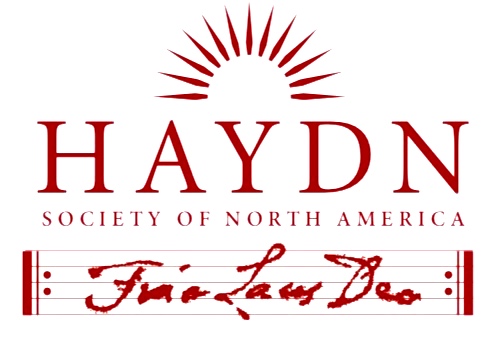
Document Type
Article
Abstract
Recent work in music cognition has demonstrated the importance of empirical analysis techniques in eliciting listener expectations. However, these techniques have yet to be applied extensively to analysis of form. While James Hepokoski and Warren Darcy’s Elements of Sonata Theory makes the promise of data-driven analysis, the data itself is often not shown in great detail. Furthermore, as several authors have already shown, Elements derives most of its norms and types from the works of Mozart. In this article, I will draw on the analytical toolset of Sonata Theory, but I will apply it specifically and more quantitatively to a corpus consisting of the sonata form expositions from Joseph Haydn’s string quartets, Op. 33 and later. In comparing Haydn to himself, so to speak, we can come to a greater appreciation and understanding of his unique approach to sonata form.*
Recommended Citation
Cortens, Evan
(2014)
"The Expositions of Haydn's String Quartets: A Corpus Analysis,"
HAYDN: Online Journal of the Haydn Society of North America: Vol. 4, Article 2.
Available at:
https://remix.berklee.edu/haydn-journal/vol4/iss1/2
© Haydn Society of North America ; Boston: Berklee Library, 2014. Duplication without the express permission of the author and/or the Haydn Society of North America is prohibited.


